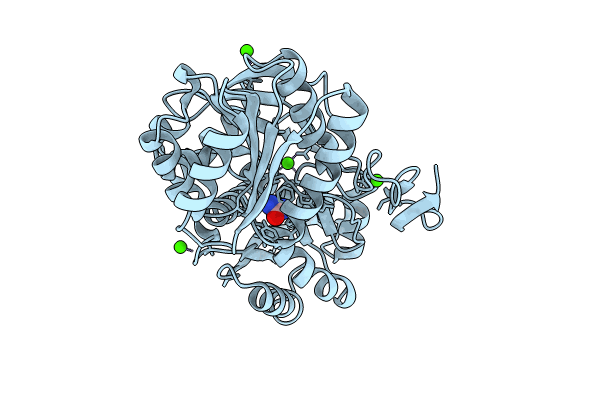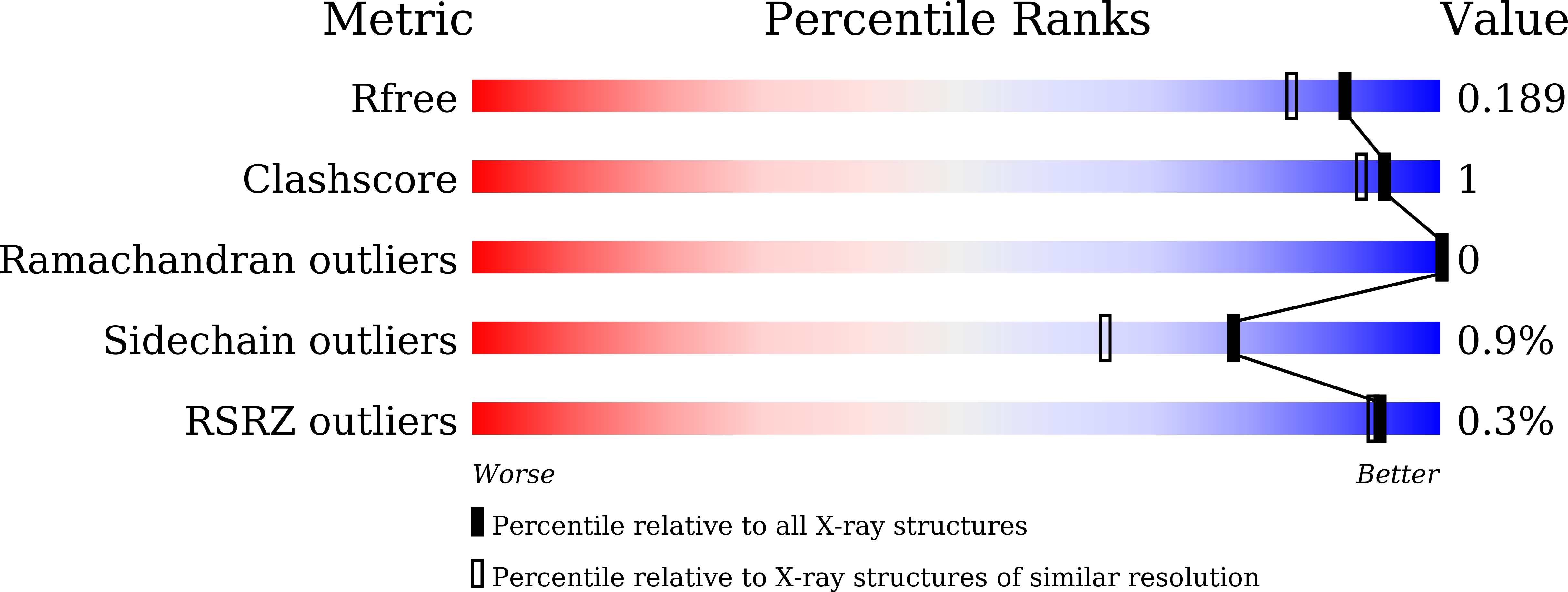
Deposition Date
2022-11-19
Release Date
2023-11-22
Last Version Date
2024-11-20
Entry Detail
PDB ID:
8HIC
Keywords:
Title:
Crystal structure of UrtA from Prochlorococcus marinus str. MIT 9313 in complex with urea and calcium
Biological Source:
Source Organism:
Prochlorococcus marinus str. MIT 9313 (Taxon ID: 74547)
Host Organism:
Method Details:
Experimental Method:
Resolution:
1.60 Å
R-Value Free:
0.18
R-Value Work:
0.15
R-Value Observed:
0.16
Space Group:
P 21 21 2


